Temperature Events

How does temperature control affect food safety ?
This text discusses the impact of temperature control on food safety, emphasizing the risks associated with improper temperature management and the benefits of maintaining appropriate temperatures. It highlights the danger zone for bacterial growth, spoilage due to mold and yeast, and toxin production from bacteria. The article also outlines best practices for temperature control in refrigeration, freezing, cooking, reheating, handling, and storage to ensure food safety.

Why is temperature control important in food storage and preparation ?
Temperature control is crucial in food storage and preparation to ensure safety, quality, and longevity of food products. It prevents bacterial growth, avoids toxin production, maintains flavor and texture, preserves nutrients, extends shelf life, reduces waste, saves energy, and reduces environmental impact. Proper temperature control helps to enjoy delicious and healthy meals while minimizing the risk of foodborne illnesses and food waste.

What is the ideal room temperature for optimal sleep ?
The ideal room temperature for optimal sleep is between 60-67°F (15-19°C). This range is considered to be the most conducive for a comfortable and restful sleep. The reasons for this include regulation of body temperature, improved REM sleep, reduced wakefulness, and comfort and relaxation. To achieve the ideal room temperature, consider using an air conditioner or fan, adjusting your bedding, dressing appropriately, and using a programmable thermostat.
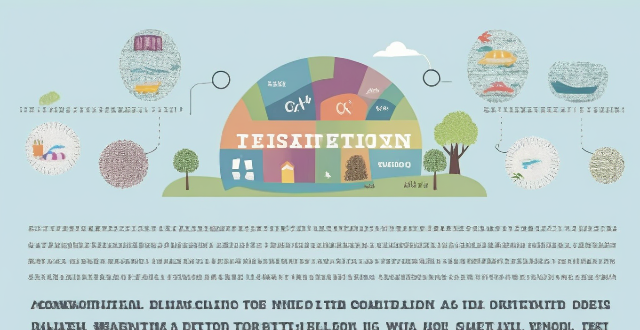
What is the relationship between climate change and extreme weather events ?
The text discusses the correlation between climate change and extreme weather events. It outlines how climate change, caused by human activities such as burning fossil fuels and deforestation, leads to an overall rise in global temperatures, affecting precipitation patterns and increasing storm intensity. This results in more frequent and severe heatwaves, changes in rainfall leading to floods or droughts, and more intense storms including hurricanes, cyclones, and typhoons. The essay concludes that there is a clear relationship between climate change and extreme weather events, and emphasizes the urgency of taking action to mitigate climate change and adapt to its impacts.
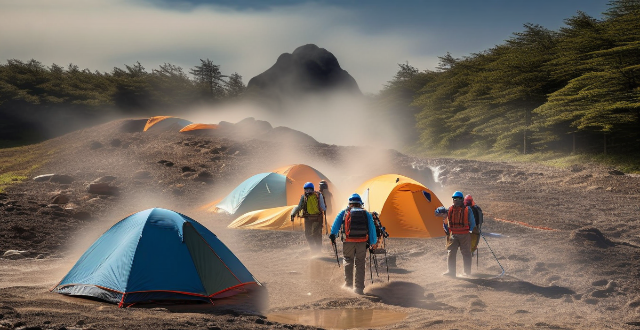
How can we predict and prepare for extreme weather events ?
Predicting and preparing for extreme weather events is a critical aspect of modern society. With advancements in technology and scientific research, we now have the ability to forecast these events with greater accuracy than ever before. However, predicting and preparing for extreme weather events requires a multi-faceted approach that involves both scientific knowledge and practical preparation. In this article, we will explore some of the key ways in which we can predict and prepare for extreme weather events.

How do extreme weather events relate to climate change ?
Extreme weather events, such as hurricanes, heatwaves, floods, and droughts, have become more frequent and intense in recent years due to climate change caused by human activities. Climate change leads to increased temperatures, changes in precipitation patterns, stronger storms, and impacts on ecosystems. Examples of extreme weather events linked to climate change include Hurricane Sandy, Australian Bushfires, European Heatwaves, and the Indian Ocean Dipole. It is crucial to take action to mitigate the effects of climate change and adapt to the changing climate.

What are the main causes of extreme weather events ?
Extreme weather events, such as hurricanes, tornadoes, floods, and droughts, are caused by a combination of natural climate variability, human activities, and changes in the Earth's climate system. Natural climate variability includes phenomena like El Niño and La Niña, which can cause extreme weather conditions around the world. Human activities, such as greenhouse gas emissions, land use changes, and pollution, also play a significant role in causing extreme weather events. Changes in the Earth's climate system, such as sea level rise, ocean acidification, and changes in atmospheric circulation patterns, can also contribute to extreme weather events. Addressing both the underlying causes and implementing adaptation strategies is important to mitigate the impacts of these events.

How does climate change influence weather patterns and extreme weather events ?
Climate change significantly affects weather patterns and increases the frequency and intensity of extreme weather events. It influences global wind patterns, changes in ocean currents, and variations in seasonal patterns. Moreover, it leads to more frequent and intense heatwaves, severe storms and hurricanes, extreme precipitation events, and droughts. These impacts highlight the urgent need for action to mitigate climate change and adapt to its effects.

In what ways do extreme weather events, such as hurricanes and typhoons, impact the fishing sector ?
This text discusses the various impacts that extreme weather events, such as hurricanes and typhoons, have on the fishing sector. It outlines direct damage to fishing infrastructure like vessels, ports, and processing facilities, disruption of fishing operations due to safety concerns and loss of gear, environmental changes affecting fish populations, economic impact on fishermen and communities including loss of income, market disruptions, and recovery costs, and long-term implications for the industry such as shifting fishing patterns, policy changes, and sustainability efforts. It concludes by highlighting the importance of understanding these impacts and working together to develop strategies that can build resilience against future extreme weather events.

How can networking events help me enhance my personal image ?
Attending networking events can significantly enhance your personal image by establishing industry presence, expanding professional circles, offering learning opportunities, showcasing expertise, and building a positive reputation. To make the most out of these events, dress appropriately, be prepared with an elevator pitch, practice active listening, follow up with connections, and contribute value whenever possible. These strategies not only improve your professional image but also open doors to new opportunities and collaborations.

What are some examples of recent extreme weather events ?
This article discusses recent examples of extreme weather events that have caused significant damage to human life, property, and the environment. These include Hurricane Ida (2021), Australian Bushfires (2019-2020), California Wildfires (2020), European Heatwave (2019), Japanese Typhoon Hagibis (2019), and Indian Cyclone Amphan (2020). The article concludes by emphasizing the need for individuals, communities, and governments to take action to mitigate the effects of these events and adapt to changing weather patterns.

How can extreme weather events caused by climate change affect the scheduling of sporting events ?
The text discusses the impact of extreme weather events caused by climate change on the scheduling of sporting events. It highlights how these events can lead to cancellations or postponements, changes in venue conditions, travel disruptions, and reduced fan attendance. The text emphasizes the need for sports organizations and venues to develop strategies for dealing with these challenges to ensure the safety and enjoyment of all those involved in sporting events.

What are the benefits and drawbacks of virtual fan support events compared to in-person events ?
Virtual fan support events provide global accessibility, cost-Virtual fan support events provide global accessibility, cost- benefits but face challenges like limited cost-effectiveness, and safety benefits but face challenges like limited personal interaction and technical issues. Finding a balance between virtual and in-person events is crucial for meaningful connections.
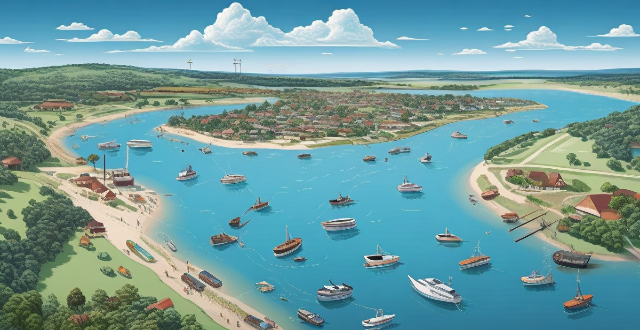
How do extreme weather events influence biodiversity and ecosystems ?
Extreme weather events, such as flooding, drought, and heatwaves, significantly impact biodiversity and ecosystems. These events can cause habitat loss, species adaptation, and altered ecosystem structure and functioning. It is crucial to understand these impacts and take action to mitigate them through conservation efforts and climate change adaptation strategies. By doing so, we can help protect our planet's diverse flora and fauna and ensure the continued health of our ecosystems for future generations.
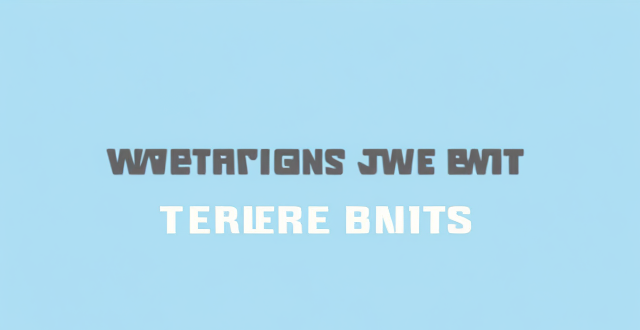
What impact do extreme weather events have on consumer purchasing habits ?
Extreme weather events, such as hurricanes, floods, and heatwaves, significantly impact consumer purchasing habits. These changes in buying behavior are often driven by necessity, fear, and the desire to be prepared for future events. The text discusses the various ways extreme weather events can influence what and how consumers purchase. It also highlights the need for businesses and retailers to adapt to meet the changing demands and priorities of their customer base.

Can sports events promote peace between nations ?
Sports events can promote peace between nations by breaking down barriers, fostering cultural exchange, and providing a platform for diplomatic engagement. Historical and modern-day examples show the potential of sports diplomacy, but challenges such as political interference and commercialization must be considered. Overall, sports have the power to bring people together and promote understanding, making them a valuable tool for promoting peace.
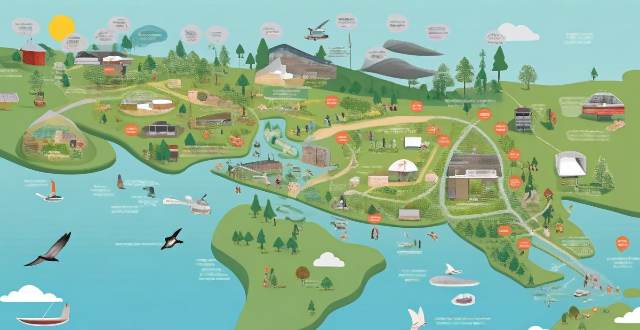
How do extreme weather events affect global climate change ?
Extreme weather events, such as hurricanes, floods, droughts, and heatwaves, have a significant impact on global climate change. They can exacerbate existing climate conditions and contribute to the overall warming of the planet by increasing greenhouse gas emissions, affecting ecosystems and biodiversity, disrupting agriculture and food production, and impacting human health and well-being. It is essential that we work together to mitigate the effects of extreme weather events and address the root causes of climate change to ensure a sustainable future for all.

How do fan support events differ between music genres or cultures ?
The text discusses the variations in fan support events across different music genres and cultures. It highlights how these events differ in terms of concert tours, meet and greets, signings, fan clubs, and online communities. The examples provided illustrate the unique traditions and practices associated with each genre or culture, showing how artists connect with their audiences in diverse ways.

How do fan support events impact an artist's success and popularity ?
Fan support events play a crucial role in shaping an artist's success and popularity by increasing visibility, strengthening fan loyalty, providing monetization opportunities, and enhancing reputation and credibility. These events offer platforms for fans to connect with artists, generate media coverage, create social media buzz, foster personal connections, offer exclusive experiences, sell merchandise, increase ticket sales, gain industry recognition, and influence critic opinions. Overall, fan support events are essential components of an artist's career development strategy.

How do different ecosystems respond to changes in temperature and precipitation patterns ?
This article discusses the impacts of changes in temperature and precipitation patterns on different ecosystems, including forests, grasslands, wetlands, and arctic tundra. It highlights how these changes can affect plant growth and productivity, species composition, water availability, nutrient cycling, soil erosion, and other ecosystem processes. The article also emphasizes the importance of understanding these impacts to inform conservation and management strategies for ecosystems in a changing climate.

How do sports events promote social interaction and community building ?
Sports events play a significant role in promoting social interaction and community building. They bring people together, foster a sense of belonging, and create opportunities for individuals to connect with one another. This is achieved through encouraging participation, building community spirit, providing entertainment and recreation, facilitating networking opportunities, and enhancing diversity and inclusion. By bringing people together around a shared passion for sports, these events create lasting connections and positive experiences that extend far beyond the playing field.

What are some examples of successful sports charity events ?
Successful sports charity events like the Nike Foundation's "Girl Effect" Marathon, The Komen Race for the Cure, and The Wounded Warrior Project's Carry Forward 5K have raised millions of dollars for various causes by combining the excitement of sports with philanthropy. These events engage participants in physical activity, raise funds and awareness for important causes, and create a sense of community among participants and supporters.
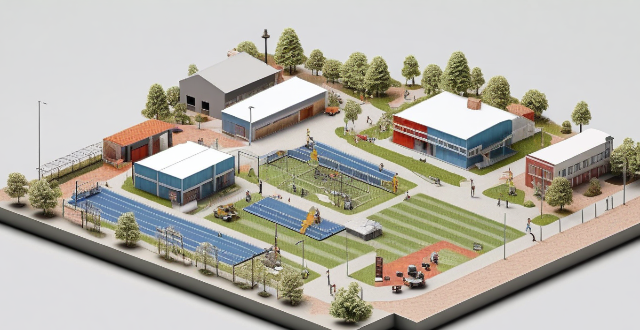
How do sports events promote interfaith understanding and cooperation ?
Sporting events serve as a platform for promoting interfaith understanding and cooperation by breaking down barriers, encouraging dialogue, building partnerships, and promoting peace. Through shared passion for sports, principles of sportsmanship, mixed teams, celebration of diversity, joint community projects, interfaith leagues, peace through play initiatives, and role models, sports events can contribute to a more harmonious society where interfaith cooperation is the norm.

How do major sporting events, like the Olympics, affect fashion trends ?
Major sporting events have a significant impact on fashion trends, including the attire of athletes, national dresses, opening ceremonies, merchandise and souvenirs, and marketing campaigns. Designers take inspiration from these events to create clothing that is both fashionable and practical, leading to the emergence of sportswear as a fashion trend. Major sporting events also showcase traditional garments and cultural heritage, increasing interest in ethnic and traditional clothing among consumers. Additionally, elaborate costumes and performances during opening ceremonies inspire high-end fashion collections. Merchandise and souvenirs generated by major sporting events have a significant impact on streetwear fashion trends, while marketing campaigns promote products inspired by the event's theme or imagery. Overall, major sporting events continue to shape our understanding of what is fashionable and desirable in today's society.